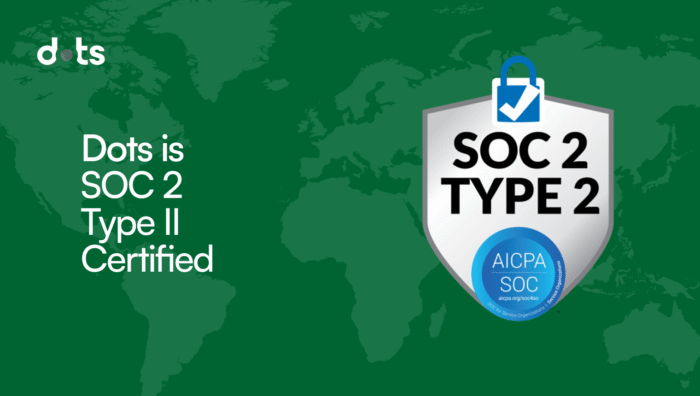Ever left your wallet on a park bench? Now imagine that wallet is a company laptop stuffed not with cash but with sensitive data, trade secrets, and access credentials—and someone walks off with it.
According to an Intel-sponsored study, the average cost of a lost or stolen laptop is a staggering $49,246. And that was back in 2009. Think of what that number looks like now in a world where ransomware kits are as easily accessible as fast food, and multi-factor authentication isn’t always enough.
Although many companies don’t lose sleep over a $1,200 machine going missing, it’s the data on that machine and what happens after it’s lost that turns into a real financial migraine.
In a remote work environment, you can’t just walk into someone’s office, retrieve the laptop, and say, “Thanks, good luck!” Instead, you have to send emails, schedule FedEx pickups, and hope the person actually sends the device back, all while holding your breath that no data breach report lands on your desk a month later.
What Makes a Lost Laptop Cost Almost $50,000?
It’s everything that happens after it disappears. Think forensic audits, compliance failures, and productivity losses stacked on top of each other like sad little pancakes. Let’s break it down.
Replacement Isn’t the Expensive Part
A new MacBook or a Dell? That’s about $1,000–$2,500, depending on the model. But if you think that’s the main cost, think again. That’s the smallest line item on the invoice.
Detection and Forensics Can Be Brutal
Let’s say your team doesn’t realize the laptop is missing for days or weeks. Then comes the scramble: figuring out what was on the machine, which accounts were still active, and what might’ve been compromised. You’re calling in forensic consultants, logging audit trails, and running internal investigations. These solutions burn resources and cost billable hours.
The Data Breach Is What Really Hurts
In the aforementioned research, the actual data breach accounted for 80% of the total cost in most cases. If the laptop held unencrypted customer data, internal documentation, or code repositories, congratulations—you may now have to notify stakeholders, regulators, and the press.
Intellectual Property Loss Can’t Be Undone
If a product roadmap or design spec was sitting on that drive, it’s now potentially in someone else’s hands. Intellectual property theft is notoriously hard to quantify, but it often affects future earnings, competitive positioning, and, if you’re publicly traded, stock prices.
And Then There’s Compliance
Depending on your industry, there may be penalties for not securing employee devices, especially if customer or financial data was involved. Such sanctions may be based on the Health Insurance Portability and Accountability Act (HIPAA), the European Union’s General Data Protection Regulation (GDPR), the Payment Card Industry Data Security Standard (PCI DSS), or whichever acronym your legal department panics over.
Why Remote Offboarding Feels Like Chasing Lost Luggage
Offboarding in person while you’re in a traditional office setup was never perfect either, but there was a lot more control over the process. Remote offboarding brings a special set of potential errors, especially when it comes to IT logistics.
If someone leaves the company and they’re 800 miles away, you’re coordinating equipment retrieval via email and hoping they don’t ghost you.
Employees aren’t always intentionally uncooperative. More often than not, they’re confused, lazy, or have already mentally left the company. And that’s assuming you have an actual process in place to retrieve and track IT assets.
Connect the Dots for Your Remote Onboarding and Offboarding Workflow
If we’re being honest, most IT teams are too busy firefighting to babysit laptops. That’s where platforms like Dots enter the chat. Because your goal isn’t just to get your stuff back—it’s to keep your data safe, reduce manual work, and avoid $49,000 surprises.
Remote Onboarding Shouldn’t Be a Game of Chance
Ever heard of someone starting their first day without a working laptop? Or worse, getting one with the wrong keyboard layout, incorrect region settings, or no setup instructions? Every time that happens, productivity takes a nosedive.
With Dots’ IT asset management (ITAM) software, you get:
- IT gear delivered on time, without the guesswork
- Standardized configurations so that new hires hit the ground running
- Less hand-holding from your support team (they’ll thank you)
And guess what? A smooth remote onboarding process actually boosts employee confidence, which directly impacts retention, performance, and morale.
Remote Offboarding, Without the Chaos
An employee is leaving next week? Cool. You could manually coordinate shipping labels and hope the person actually returns the assets.
Or, you could just let Dots handle it:
- Equipment pickup? Covered.
- Secure data wipe? Scheduled.
- Redistribution or storage? Choose what works.
- ITAM software updates asset status in real-time.
No more guesswork. No more spreadsheets. And no more “uh oh” moments three months later when someone finds out the laptop’s still active on your network.
Track Your Assets Like They’re Gold (Because They Kind of Are)
The device is the crown jewel of offboarding. That laptop, tablet, or phone in your employee’s hands isn’t just hardware. It’s a vessel for access, IP, and liability. And unless you’re tracking it accurately from onboarding to offboarding (and everything in between), you risk security breaches and lost assets.
With Dots, remote onboarding and remote offboarding become simple, scalable, and secure. Less drama, more control. Get set up for free and see first-hand how Dots helps companies stay safe, productive, and panic-free.





